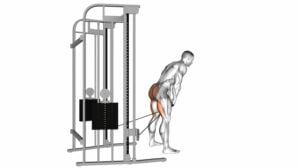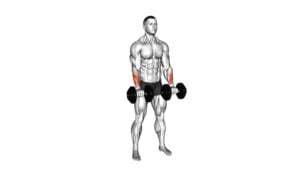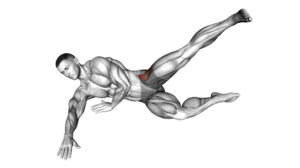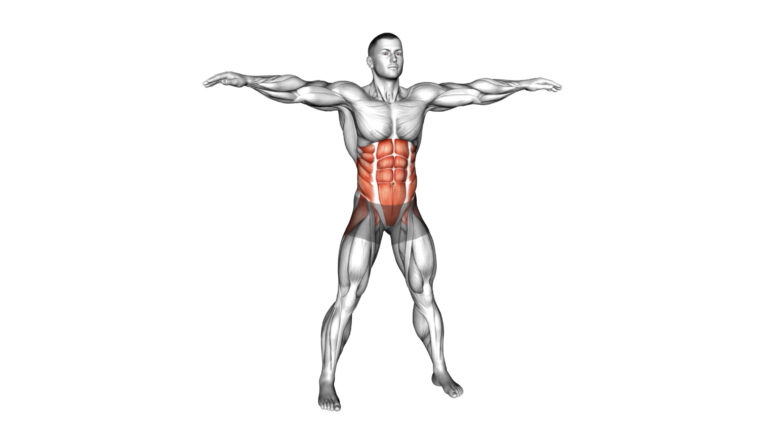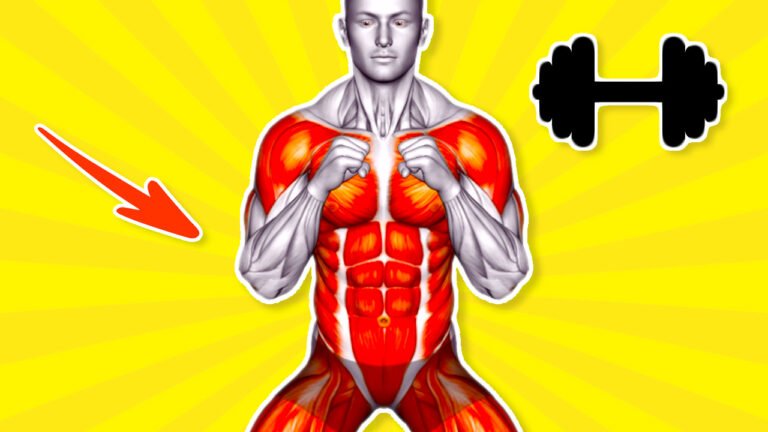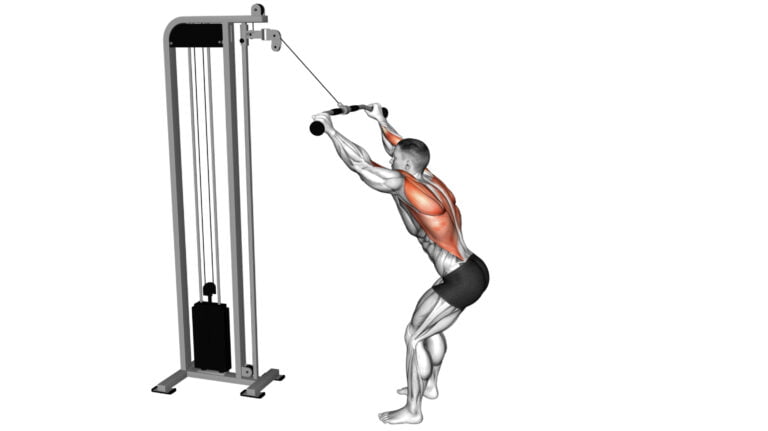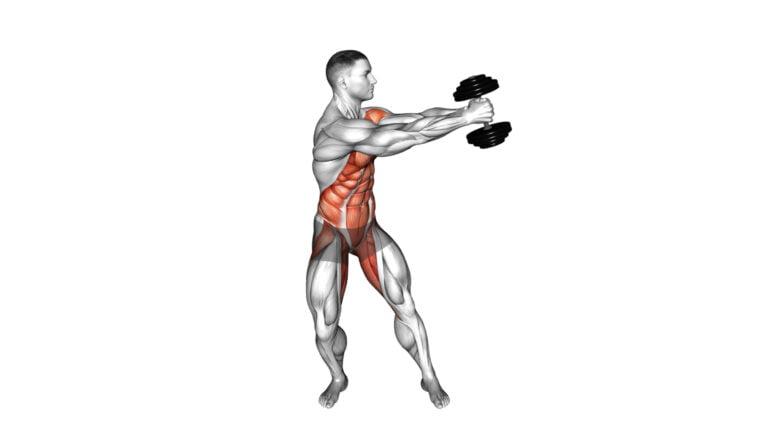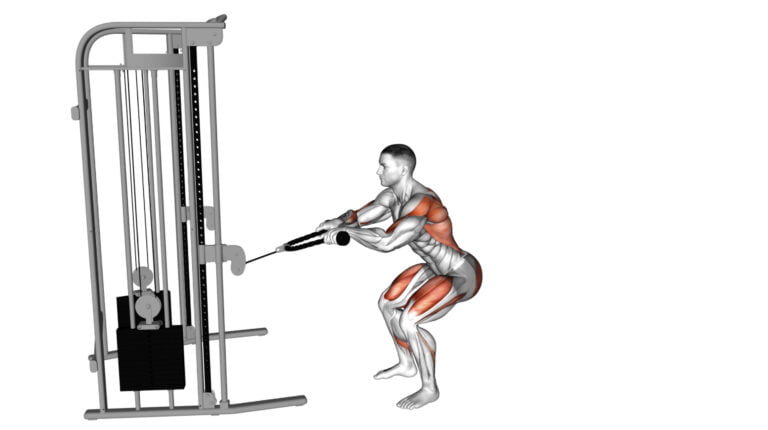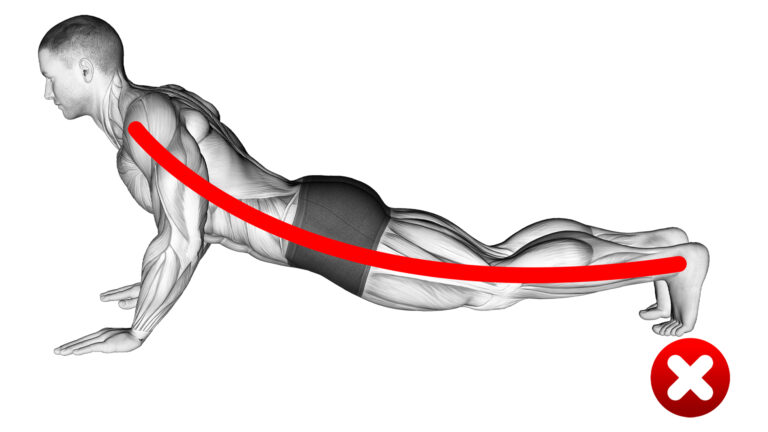3 Exercises Like Turkish Get Up: Try These Turkish Get Up Alternatives
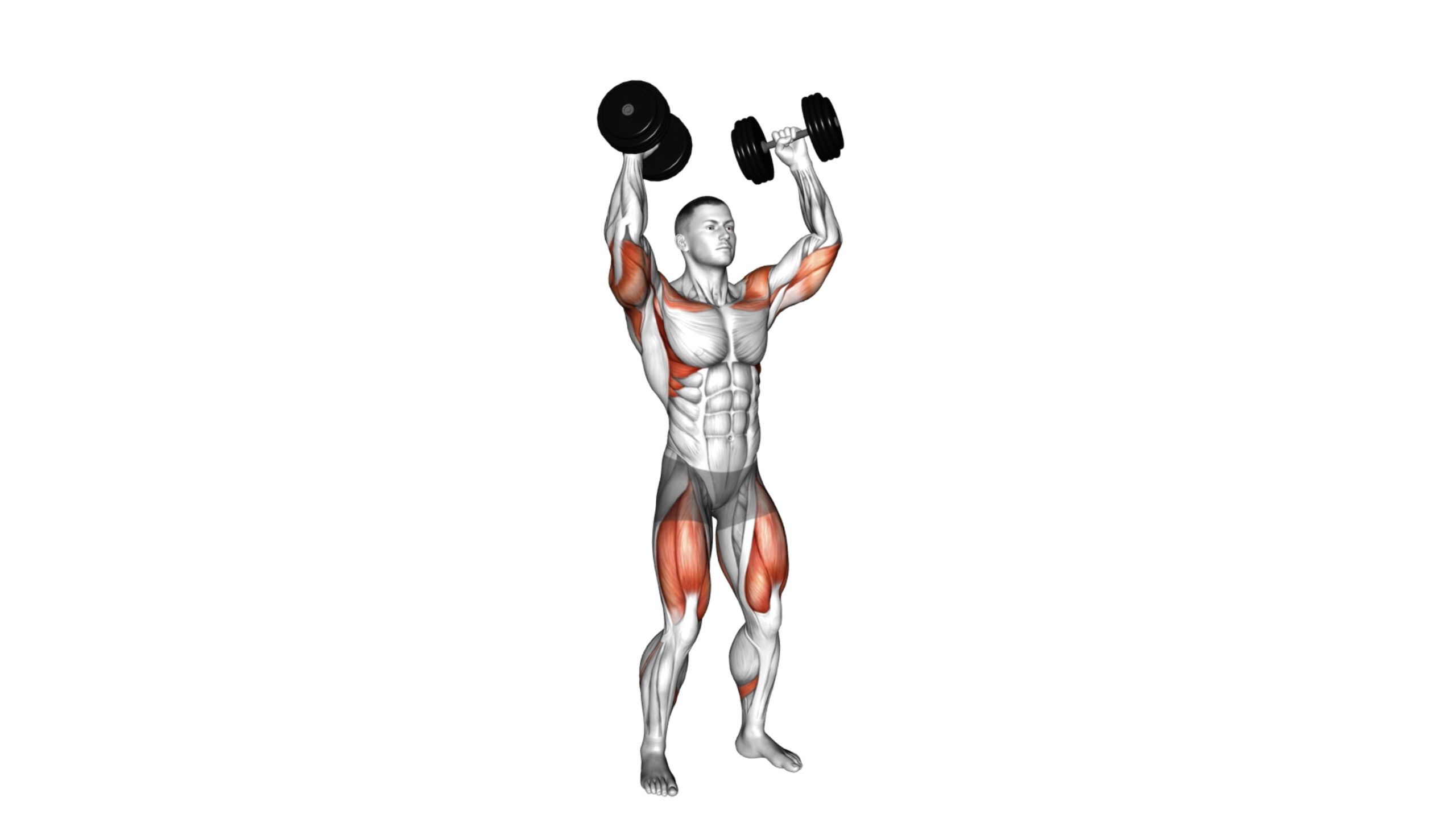
The Turkish Get Up is a powerhouse move. It works your whole body in just one exercise. But, it’s not for everyone. Some find it too complex or hard on their joints. Don’t worry, though.
There are great exercises like Turkish get up that can offer you similar benefits without the struggle.
I’m Serg Bayracny, with over a decade in strength sports and fitness coaching under my belt. I’ve guided countless individuals toward their fitness goals, leaning heavily on practical, effective workouts that deliver results.
Today, I’m here to share alternatives that build strength and stability across your entire body—just like the Turkish Get-Up does but with fresh twists to keep your routine exciting…
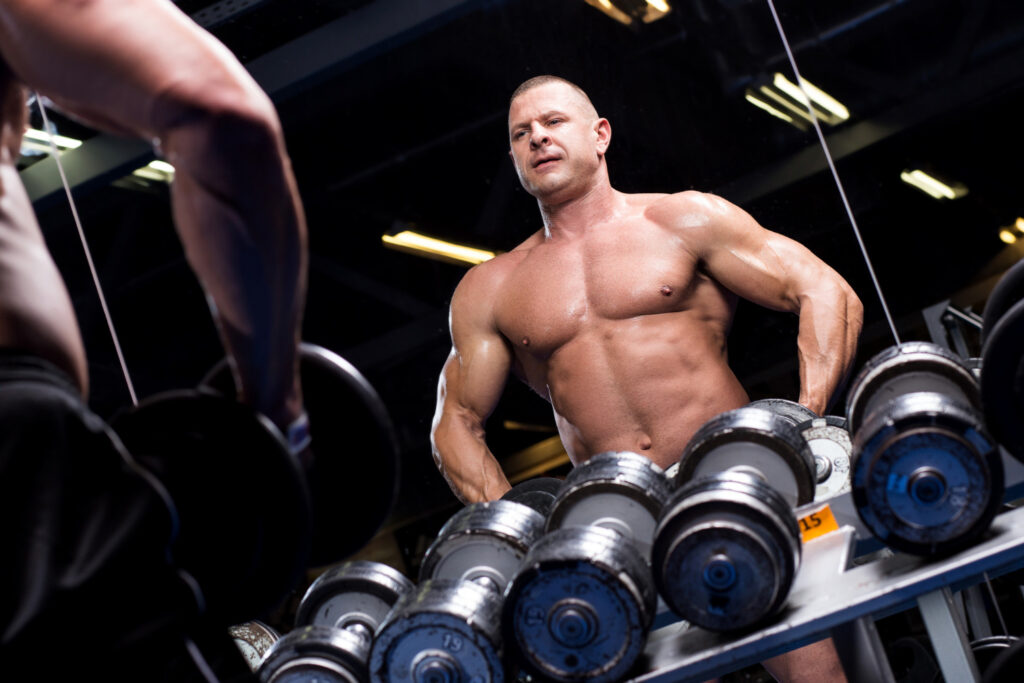
Ready to mix things up? Keep reading!
Key Takeaways
- The Dumbbell Single Arm Overhead Lunge works your legs and improves balance by keeping a weight overhead. It’s great for people who lift weights.
- Kettlebell Windmill is good for shoulder stability, core strength, and flexibility. It requires control and balance, making it a solid part of any workout.
- Dumbbell Thruster combines a front squat with an overhead press to work the entire body. It helps build muscle and strength across various groups like quads, glutes, shoulders, and triceps.
Alternative 1: Dumbbell Single Arm Overhead Lunge
The Dumbbell Single Arm Overhead Lunge is a great move. It works your legs and helps you keep your balance.
Description & Execution of Dumbbell Single Arm Overhead Lunge
Here’s a cool move to try if you like Turkish get ups. It’s called the Dumbbell Single Arm Overhead Lunge. This exercise is for your whole body and helps make your shoulders very stable.
- Grab a dumbbell with one hand.
- Lift it up so it’s straight over your shoulder. Keep your arm really straight.
- Stand tall with your feet together.
- Take a big step forward with one leg.
- Bend both knees to lower your body down. Your back knee should almost touch the floor.
- Your front thigh gets parallel to the ground, making a 90 – degree angle.
- Push off with your front foot to stand back up.
- Do this while keeping the dumbbell up over your shoulder the whole time.
- Switch arms after doing the planned number of reps.
You work out many muscles doing this, like glutes and legs, but also your upper part because you’re holding that weight up high. It’s great for balance too! Try to do smooth moves and keep breathing right.
Keep an eye on not letting the arm drop or bend—it stays straight up above you all through this workout move! And always hold on tight; don’t let that dumbbell wobble around.
Start light then add more heaviness as you get better at it. This way, you’ll keep getting stronger without hurting yourself.
This move is superb for folks who lift weights often since it touches on strength, balance, and how well different parts of their body talk to each other during workouts!
Alternative 2: Kettlebell Windmill
The kettlebell windmill shapes your core and boosts your shoulder stability. Grab a kettlebell, stand tall, lift it overhead with one arm, then lean sideways, reaching towards the ground with your free hand.
Keep going to find out more!
Description & Execution of Kettlebell Windmill
The kettlebell windmill is a top pick for folks looking to boost shoulder stability, core strength, and flexibility all at once. This move isn’t just about power; it also tests your balance and control, making it a great addition to your workout.
- Start with picking the right weight. Use a lighter kettlebell first to get the hang of the movement.
- Stand with your feet shoulder-width apart. Turn your right foot out at a 45-degree angle.
- Press the kettlebell overhead with your right hand. Make sure your arm is straight up and locked.
- Push your hips to the left side. Keep your eyes on the kettlebell.
- Begin bending at the waist and slide your left hand down your left leg.
- Go down as far as you can while keeping your right arm extended towards the ceiling.
- Your body should form a T shape at the lowest point of the move.
- Use your core to reverse the motion and come back up to standing.
I’ve been through this drill countless times in my training sessions and seen solid gains in flexibility and core stability among my trainees.
Next, let’s talk about how dumbbell thrusters can complement these movements for an even more dynamic workout routine.
Alternative 3: Dumbbell Thruster
The Dumbbell Thruster combines a front squat with an overhead press. This move works your whole body, making it powerful for growing muscles and strength.
Description & Execution of Dumbbell Thruster
Dumbbell Thruster is a top exercise for your whole body. It works your legs, core, and arms all at once. Here’s how to do it right:
- Start standing with your feet shoulder – width apart. Hold a dumbbell in each hand just above your shoulders.
- Bend your knees and lower down into a squat. Your thighs should be parallel with the floor.
- Push through your heels to stand up. As you rise, press the dumbbells up until your arms are straight overhead.
- Lower the dumbbells back to your shoulders as you go back into a squat.
- Make sure your back stays flat throughout the move.
- Your chest should stay up and out, not drooping forward.
- Keep a tight grip on the dumbbells so they don’t slip.
This exercise asks for balance and power from your lower body to push the weight overhead while keeping control. It’s like doing a front squat and an overhead press together but smoother.
Dumbbell Thrusters offer a big payoff by hitting various muscle groups at once—like quads, hamstrings, glutes, shoulders, and triceps—and ramping up heart rate for fat burn.
Keep breathing steady through each rep—inhale on the way down, exhale forcefully as you push up.
Practicing this move will boost overall strength and help with other lifts that need power from head to toe.
Don’t rush; focus on form over speed or heavy weights at first.
Add Dumbbell Thrusters into routines when time is short but you want maximum impact for muscle build and endurance gains.
Adjust weight as needed; starting lighter lets you nail technique before adding more challenge.
Switching between squats and presses without pause keeps tension on muscles longer which helps them grow stronger faster.
Give it enough reps per side to feel the work without pushing into poor form due to fatigue or overload of weight.
Recommended Sets And Reps

Alright, bodybuilders, you’ve got the rundown on some top-notch exercises like Turkish Get Up to amp up your workout routine. Now, let’s tackle the nitty-gritty: how many sets and how many reps should you be doing to really make the most of these drills?
Check out this guide. It lays it all out, simple and clear. Use it as a roadmap to pack on strength and skill, without the guesswork.
| Exercise | Sets | Reps per Side |
|---|---|---|
| Dumbbell Single Arm Overhead Lunge | 3-4 | 8-12 |
| Kettlebell Windmill | 2-3 | 6-10 |
| Dumbbell Thruster | 4 | 10-15 |
This table is your quick reference as you add these drills to your routine. Stick to these recommendations to start. Feel your way through each exercise and adjust as you become stronger and more confident. Progress is about pushing your limits, steadily and safely. Time to get to work!
Conclusion

These exercises like Turkish Get Up are good for your whole body. They help you get strong in many ways. Using dumbbells or kettlebells makes these moves fit your workout at home or the gym.
These options work well and don’t need much to start. So, give them a try and see how they boost your fitness game.
FAQs

1. What’s a Turkish Get Up?
A Turkish Get Up, or TGU, is a total-body exercise. You start lying down and get up to standing with a kettlebell. It works many muscles.
2. Why look for Turkish Get Up alternatives?
Sometimes, you need something different. Maybe you want exercises that focus more on certain areas or are just looking for variety in your routine.
3. Can I do these exercises at home?
Yes! The alternatives we talk about can be done at-home with basic gear like dumbbells or kettlebells.
4. What’s one good alternative to the TGU?
Try the reverse lunge with a press – it boosts your whole body strength and balance but focuses on legs and arms too.
5. How does the glute bridge help me?
The glute bridge makes your hips strong and moves better. It’s great for your backside too!
6. Do I need special equipment for these exercises?
Not really! For most of them, all you need are some weights like kettlebells or dumbbells…and maybe some space to move around.

Author
Years ago, the spark of my life’s passion ignited in my mind the moment I stepped into the local gym for the first time. The inaugural bead of perspiration, the initial endeavor, the very first surge of endorphins, and a sense of pride that washed over me post-workout marked the beginning of my deep-seated interest in strength sports, fitness, and sports nutrition. This very curiosity blossomed rapidly into a profound fascination, propelling me to earn a Master’s degree in Physical Education from the Academy of Physical Education in Krakow, followed by a Sports Manager diploma from the Jagiellonian University. My journey of growth led me to gain more specialized qualifications, such as being a certified personal trainer with a focus on sports dietetics, a lifeguard, and an instructor for wellness and corrective gymnastics. Theoretical knowledge paired seamlessly with practical experience, reinforcing my belief that the transformation of individuals under my guidance was also a reflection of my personal growth. This belief holds true even today. Each day, I strive to push the boundaries and explore new realms. These realms gently elevate me to greater heights. The unique combination of passion for my field and the continuous quest for growth fuels my drive to break new ground.





